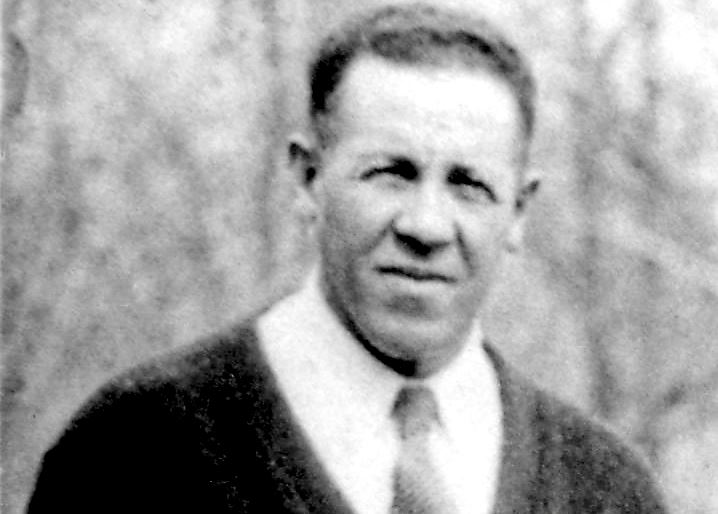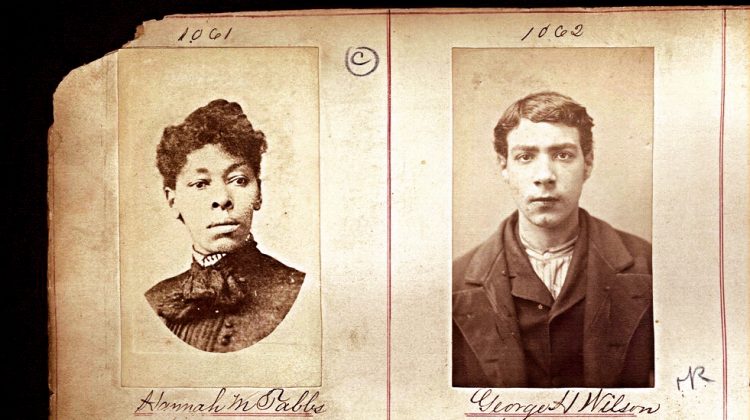What an 1887 murder and dismemberment tells us about race relations today
The Philadelphia Inquirer
2016-02-17
Samantha Melamed, Staff Writer
On the freezing-cold morning of Feb. 17, 1887, a Bensalem carpenter walking by an ice pond noticed a parcel wrapped in brown paper and marked “handle with care.” Inside, he found a male torso of indeterminate race. The limbs and head were nowhere in sight.
So begins Hannah Mary Tabbs and the Disembodied Torso, the new book by historian and African studies scholar Kali Nicole Gross.
It’s the type of tale you don’t often hear during Black History Month: the biography of an antiheroine who made her way in the world through violence, deception, and adultery. It’s also a true-crime story told nearly 130 years after the fact—culminating in the century-late exoneration of a man who, Gross argues, was framed for murder.
Most of all, the story of Tabbs, the Philadelphia woman who left the torso by the pond in the first place—and of Wakefield Gaines, her victim and much-younger lover, and George Wilson, the “weak-minded” 18-year-old she accused of the crime – is an encapsulation of issues that resonate today, of racial bias in policing, coerced confessions, and unreliable eyewitnesses.
“Tabbs’ story sheds this unprecedented light,” Gross said, “into just how long these issues around urban crime and police brutality have been around in our society.”
Gross, 43, a professor at the University of Texas-Austin, began the work eight years ago, while she was living in Philadelphia. (She attended graduate school at the University of Pennsylvania and taught at Drexel University.)…
…In uncovering the story, she shed light on the tense race relations of the time: Tabbs’ vulnerable place under the law as a black woman, and Wilson’s still-more-tenuous status as a light-skinned interracial man.
“People were very concerned about black people infiltrating white society. Wilson is really the sum of all fears,” Gross said. “Police home in on him despite the fact he had no real motive.”
Wilson, known to be “dim” and impressionable, was beaten in custody—until, Gross concludes, he made a false confession. (He was sentenced to 12 years in solitary confinement.)…
Read the entire article here.



